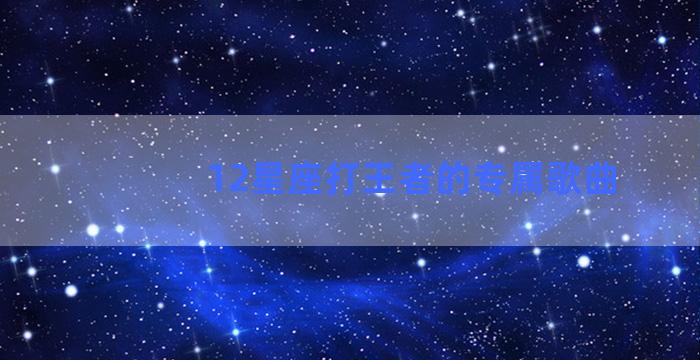狮子座古希腊标记(丹麦狮子座的标记)
作者:星座梦
-
.jpg)
The constellation of Leo, or the Lion, is one of the most recognizable and majestic in the night sky. For many ancient civilizations, including the Greeks, the stars and their patterns held great significance and were often interpreted as divine messages from the gods. In this article, we will explore the symbolism and mythology behind Leo in ancient Greece.
In Greek mythology, the constellation of Leo was associated with the Nemean Lion, a fierce and invulnerable beast with impenetrable skin. According to legend, the Nemean Lion could not be killed with weapons made of metal or wood, and its hide was so tough that no arrow or spear could pierce it. The lion terrorized the countryside, killing livestock and even humans with its razor-sharp claws and teeth.
Hercules, the legendary hero renowned for his strength and courage, was tasked with slaying the Nemean Lion as part of his twelve labours. After many failed attempts, Hercules discovered that the lion's impenetrable hide had one vulnerable spot - its mouth. He cornered the lion in its den, blocking off all other means of escape, and managed to strangle it to death.
The story of the Nemean Lion and Hercules became a popular motif in ancient Greek art and literature, and the lion's pelt was often depicted as a symbol of the hero's triumph over death and his status as a divine figure. The constellation of Leo was seen as a tribute to this epic battle, celebrating the power and courage of both the lion and the hero.
In addition to the Nemean Lion, the Leo constellation was also associated with the sun and the zodiac sign of Leo, which was believed to be ruled by the sun. According to Greek astrology, people born under the sign of Leo were said to possess the qualities of the sun - strength, vitality, and leadership. They were said to be natural-born leaders, possessing a magnetic charisma that drew others to them. They were also known for their loyalty and generosity, and were often seen as protective and nurturing figures.
As the symbol of the sun, the Leo constellation was also believed to represent the cycle of life and death. The sun is seen as a symbol of rebirth and renewal, and its rise and fall were believed to mark the passage of time and the changing of the seasons. In this way, the Leo constellation was seen as a symbol of both the ferocity and majesty of life, as well as the inevitability of death and the inevitability of rebirth.
Overall, the Leo constellation held great significance in ancient Greek mythology and astrology. It was seen as a powerful symbol of strength, courage, and leadership, as well as a symbol of the sun and the cycle of life and death. Today, the constellation of Leo remains one of the most popular and recognizable in the night sky, a testament to the enduring power and beauty of ancient Greek mythology and astronomy.







